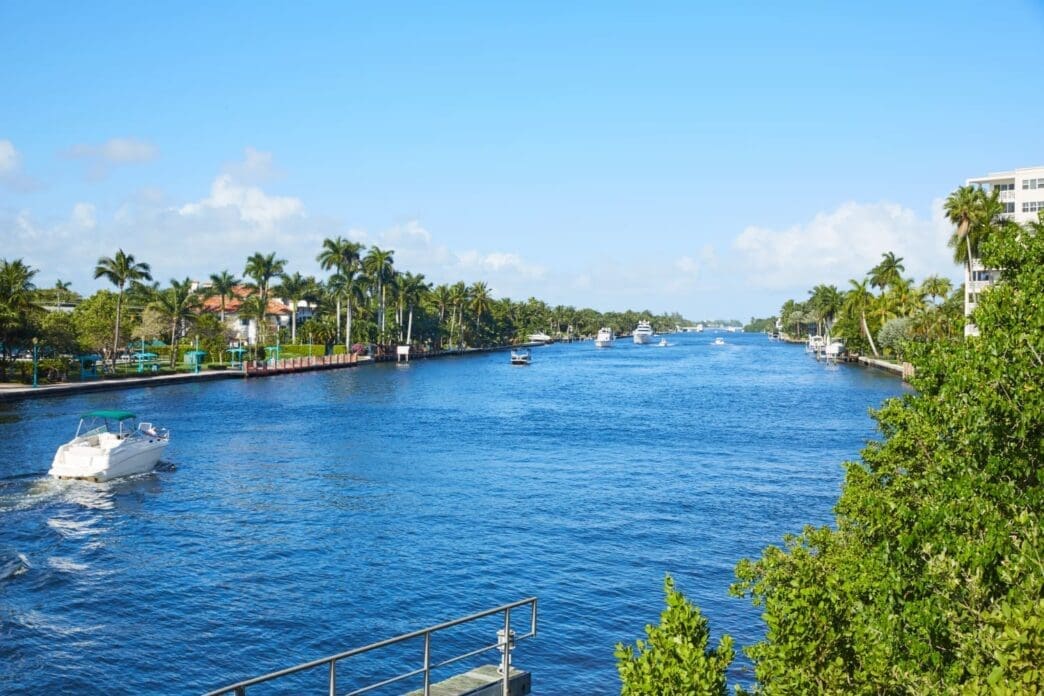Florida’s remarkable population and economic growth in 2024 is a multifaceted phenomenon that not only reflects the state’s allure but also poses significant challenges and opportunities for its residents, businesses, and policymakers.
Population Growth Overview
As of July 1, 2024, Florida’s population surged to an estimated 23.3 million, with an increase of 467,347 people from the previous year, marking a notable growth rate of 2%. This surge solidifies Florida’s status as one of the fastest-growing states in the U.S., second only to Texas. The state’s appeal lies in its warm climate, vibrant lifestyle, and favorable tax conditions, drawing in individuals and families from across the country.
Factors contributing to this population boom include:
- Migration Trends: Many people relocated from higher-cost states, seeking the more affordable living—and no state income tax—that Florida offers. The pandemic accelerated remote work trends, enabling individuals to choose residence based on lifestyle preferences rather than proximity to their workplace.
- Diverse Economic Opportunities: The growth in sectors such as technology, healthcare, and finance has attracted skilled professionals, further diversifying the demographic makeup and boosting innovation within the state.
- Retirement Destination: With a significant portion of new residents being retirees, Florida continues to be a prime destination for older adults seeking a warm climate and a vibrant community life.
Economic Impacts
The economic growth driven by population increase is exemplified by the thriving tourism sector. In 2024, Pinellas County experienced a remarkable economic impact from tourism, reaching $11.2 billion. This figure not only reflects the county’s attractiveness but also underscores the state’s reliance on tourism as a vital economic engine. The record of 15.4 million visitors, an increase of 300,000 overnight stays compared to the previous year, showcases Florida’s continued appeal.
However, tourism’s economic benefits come with challenges, including:
- Infrastructure Strain: The increase in tourist numbers demands substantial investment in infrastructure, such as transportation, housing, and public services, to ensure both residents and visitors can coexist comfortably.
- Environmental Concerns: The ecological impact of increased tourism and real estate development raises questions about sustainability and the preservation of Florida’s unique natural resources.
Small Business Growth
Florida’s vibrant small-business environment adds another layer to its economic narrative. With a 5.22% increase in small businesses, the state ranks third in the country for entrepreneurial growth. This small-business influx not only generates jobs but also fosters innovation and local economic resilience. However, entrepreneurs face challenges such as:
- Access to Financing: Although opportunities abound, many startups struggle to secure the necessary funding to launch or expand.
- Regulatory Hurdles: Navigating state and local regulations can be daunting for small business owners, impacting growth potential.
Housing Initiatives
The state’s population growth has intensified the need for affordable housing, particularly in counties like Pasco. The recent acquisition by Dominium of a 15.6-acre parcel to construct 228 affordable housing units is a crucial response to this pressing issue. This initiative is part of a broader strategy to ensure that Florida’s rapid growth does not compromise housing affordability, but challenges remain:
- Balancing Development with Environmental Concerns: As more land is developed for housing, considerations around conservation and green spaces must remain a priority.
- Nimbyism: Community opposition to new developments (“Not In My Backyard” sentiments) can hinder progress on essential housing projects, reflecting a tension between local interests and statewide needs.
Recreational Development and Conservation
The potential development of golf courses within Florida’s state parks, highlighted by Jack Nicklaus’s visit to Jonathan Dickinson State Park, has sparked a vigorous debate about land use. While such projects may promise economic benefits and recreational opportunities, they also raise critical questions regarding environmental conservation:
- Sustainable Development: Finding a balance between recreational development and preserving Florida’s natural landscapes will require innovative strategies that advocate for sustainable practices.
- Public Engagement: Engaging the community in discussions about land use and conservation will be vital in crafting policies that reflect the interests of a diverse population.
Conclusion
Florida’s growth trajectory in 2024 underscores its position as a dynamic and appealing destination. However, the rapid population increase and economic development present complex challenges that require comprehensive planning and community involvement. Strategies that prioritize sustainable growth, infrastructure investment, and affordable housing will be essential in shaping the future of the Sunshine State, ensuring that both residents and visitors can thrive in this vibrant environment. As Florida continues to evolve, maintaining a commitment to balance will be crucial in navigating the opportunities and challenges that lie ahead.








